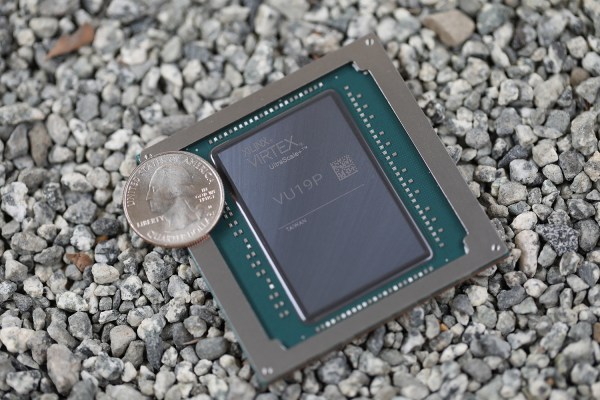Who hasn’t dreamed of pulling together some gadget in their garage and turning it into a big business? Of course, most gadgets today have a CPU in them, and Arm CPUs power just about any kind of embedded device you can think of. If you just want to use a chip, that’s easy. You buy them from a licensee and you use their tools for development. But if you want to integrate ARM’s devices into your own chips, that’s a different story. You have to pay fees, buy tools, and pay licenses on each chip you produce. Until now. Arm’s flexible access for startups program will let you apply to get all of that free.
To qualify, you have to be an “early stage silicon startup with limited funding.” Normally, flexible access costs about $75,000 to $200,000 a year and that doesn’t cover your license fees and royalties. The plan offered to qualifying startups is the $75,000 package, but that still includes access to nearly all Arm products, technical support, a few introductory training credits, and development tools. After your first tape-out, though, it looks as though you’ll have to pony up.


















